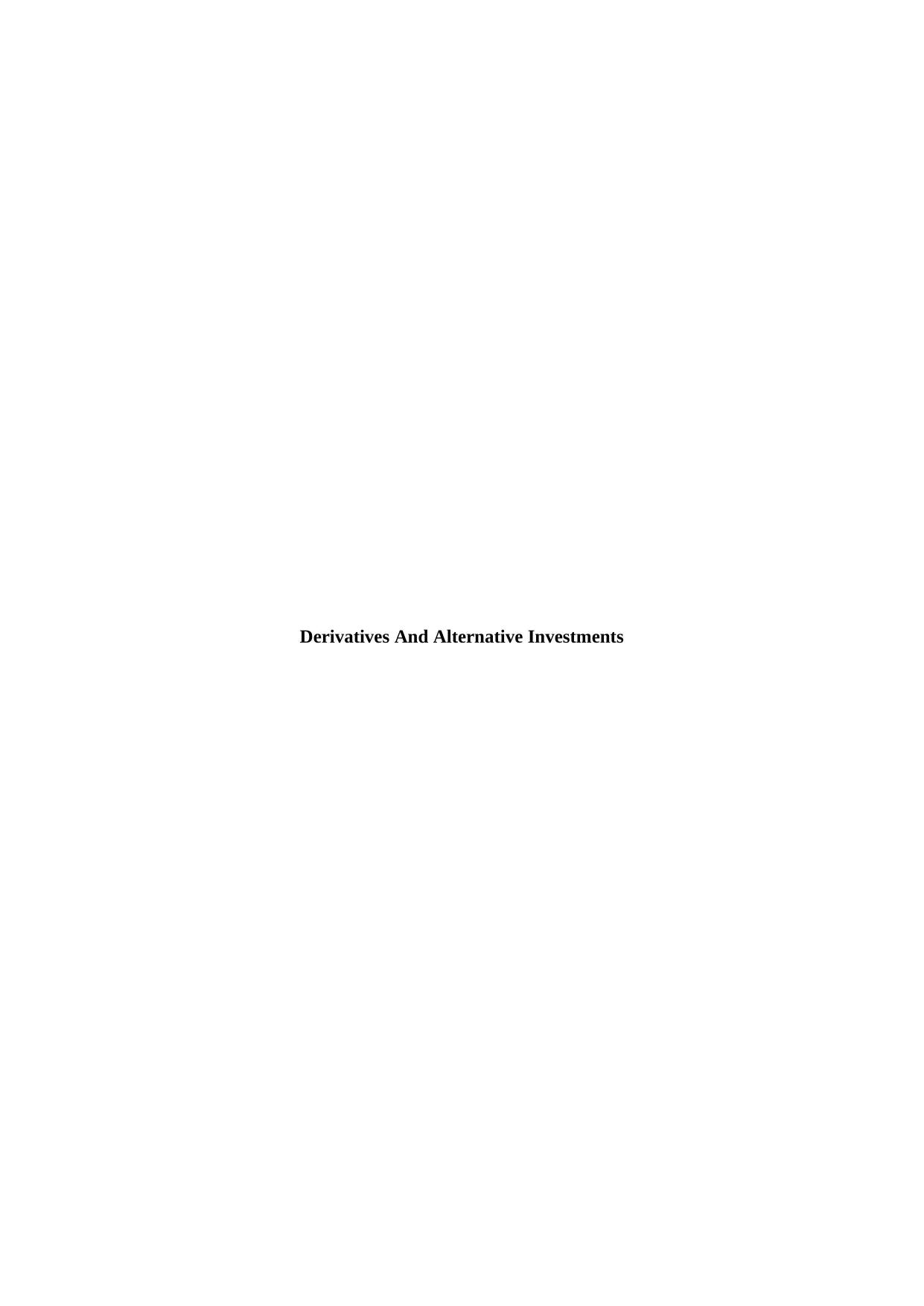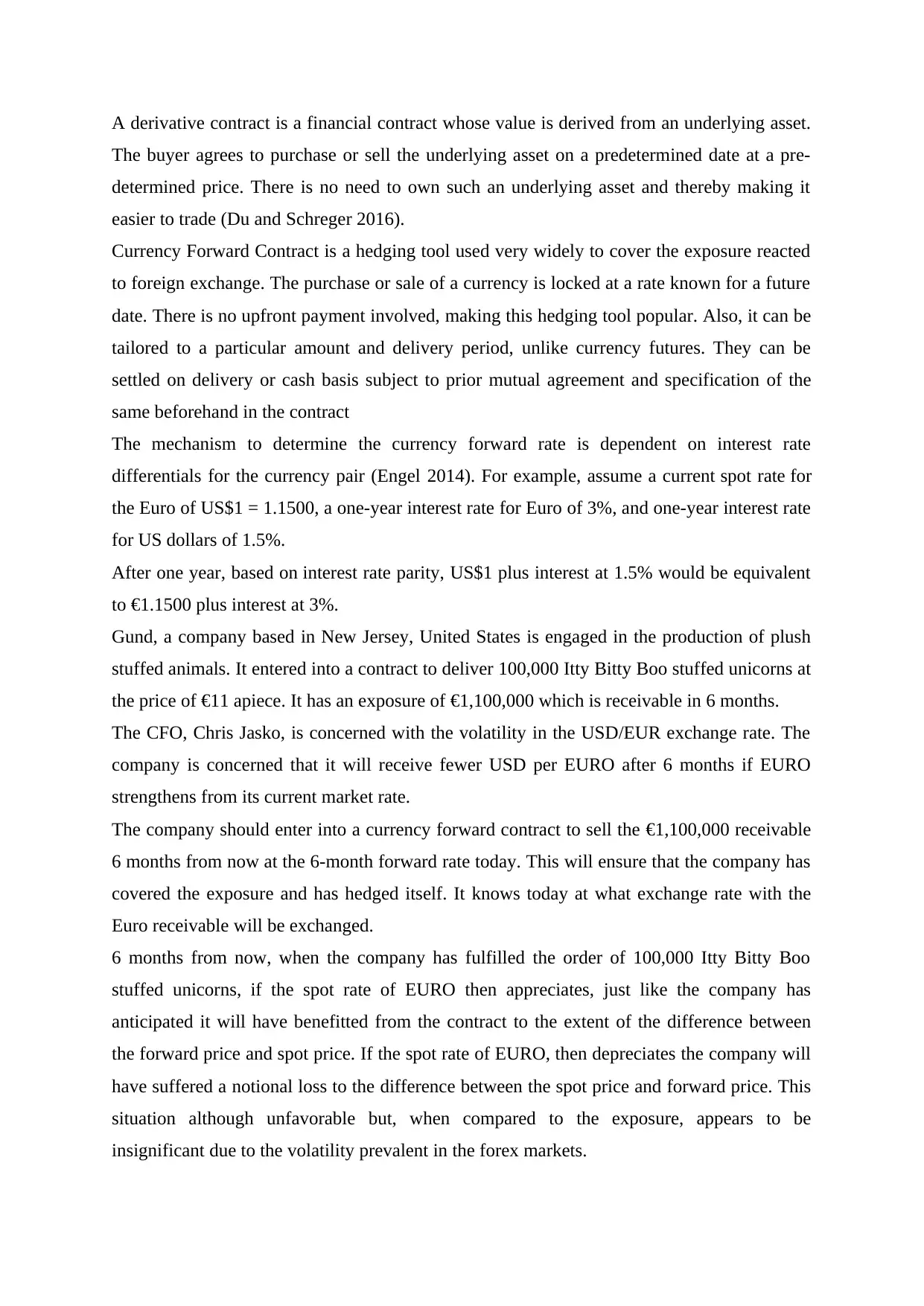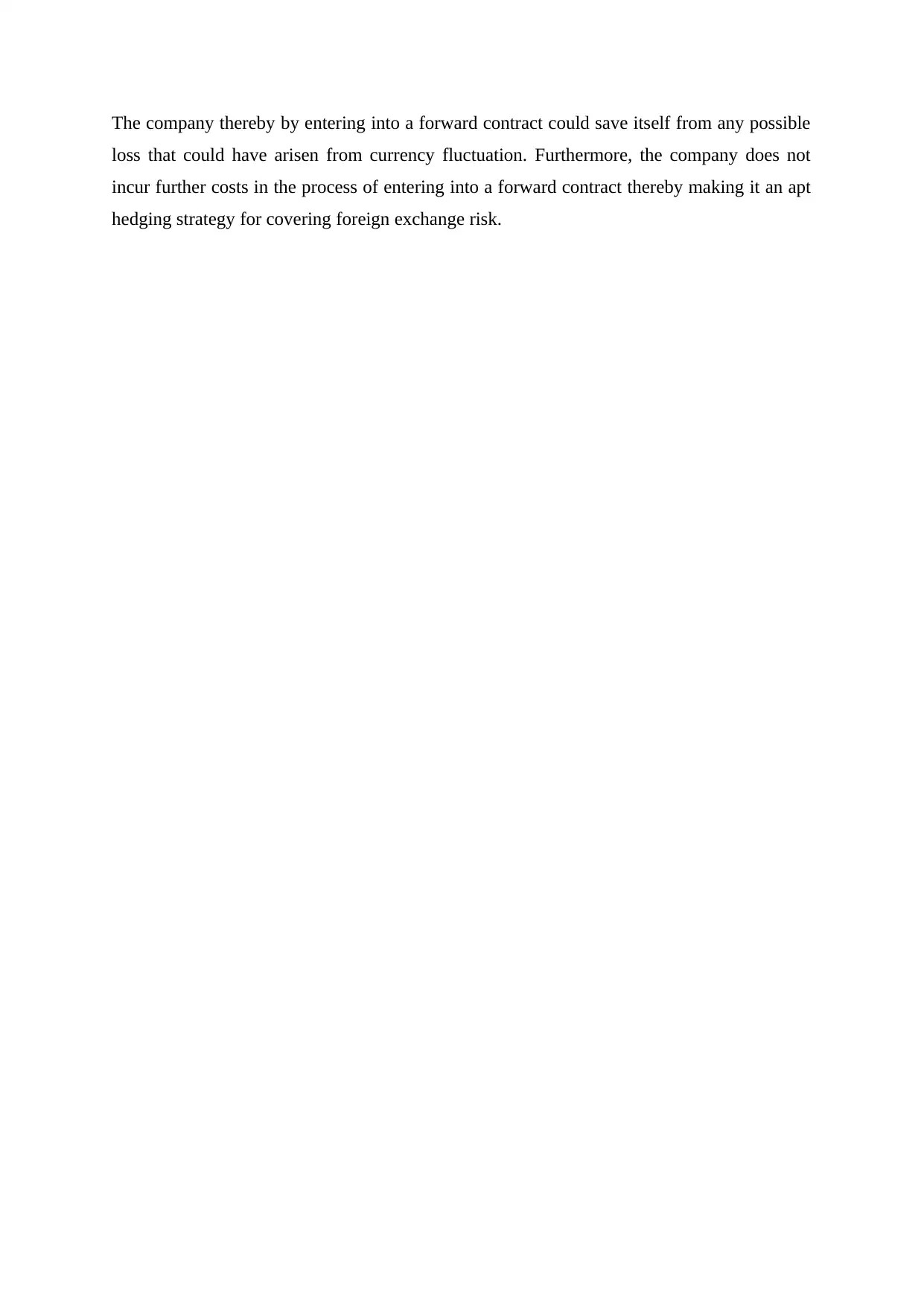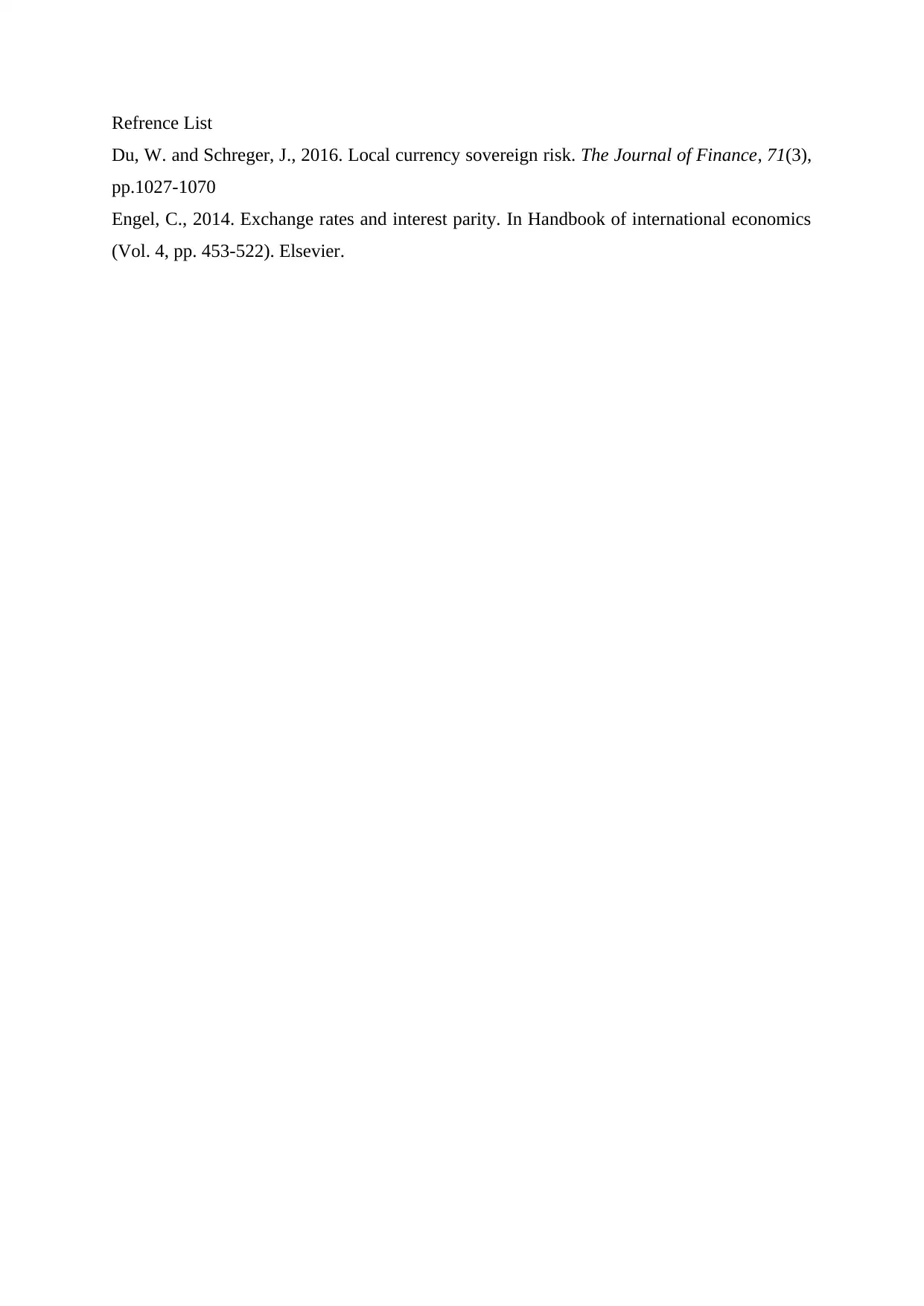Derivatives and Alternative Investments: Currency Hedging for Gund
VerifiedAdded on 2023/04/19
|4
|617
|317
Report
AI Summary
This report addresses the currency risk faced by Gund, a plush toy company, due to a contract to deliver Itty Bitty Boo stuffed unicorns for €1,100,000, receivable in six months. CFO Chris Jasko is concerned about potential losses from USD/EUR exchange rate volatility. The report recommends a currency forward contract as a hedging strategy, allowing Gund to lock in a future exchange rate and mitigate the risk of the Euro weakening against the US dollar. By entering into a forward contract, Gund can protect its profit margin from currency fluctuations, ensuring a stable revenue stream regardless of market conditions, without incurring additional costs.
1 out of 4











![[object Object]](/_next/static/media/star-bottom.7253800d.svg)